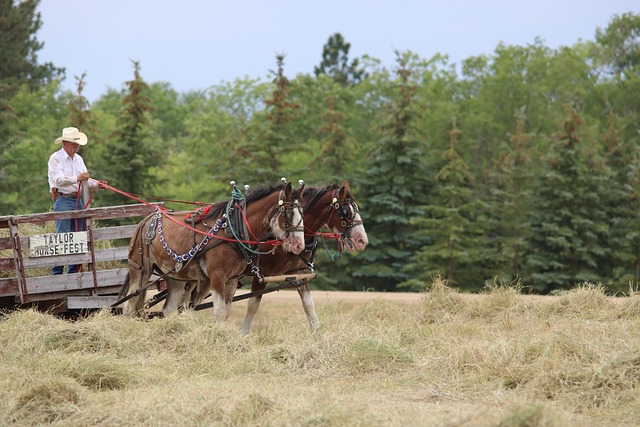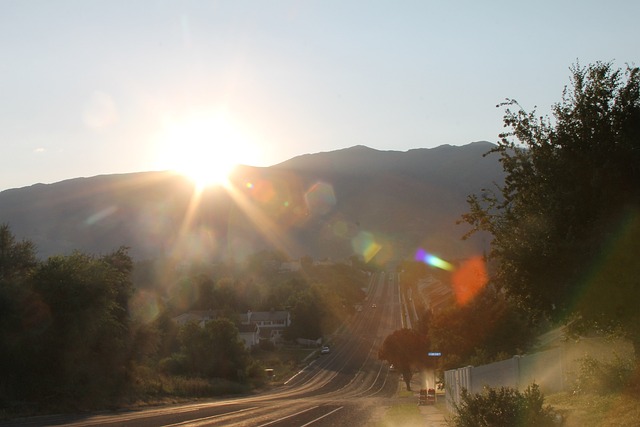Preserving historic real estate is about more than just saving buildings; it involves safeguarding cultural heritage and traditions by maintaining physical connections to our ancestors' stories and architecture. Historic sites offer educational value, attract investors and tourists, and boost local economies while fostering strong community bonds. Integrating traditional values into modern development creates appealing blends of old-world charm and contemporary amenities, enhancing desirability for living, working, and visiting. By exploring pioneer heritage, real estate developers can gain valuable insights for sustainable, culturally preserving, and inclusive design decisions that connect the past and present.
In an era where modernity often overshadows history, celebrating traditional values and pioneer heritage is a breath of fresh air. This article delves into the profound impact of preserving historic real estate on cultural roots and community development. We explore how traditional values shape modern real estate practices, highlighting successful initiatives that balance preservation with innovation. Discover how embracing the past can guide and enrich contemporary approaches to property and community building.
Preserving Historic Real Estate: A Celebration of Cultural Roots

Preserving historic real estate is a vibrant celebration of cultural roots and traditional values. Old buildings tell stories of past communities, their architecture echoing the spirit of the times they were constructed. By safeguarding these structures, we not only maintain a physical connection to our ancestors but also preserve a piece of our collective identity. Every brick, windowpane, and architectural detail contributes to a unique historical narrative that would otherwise be lost to time.
Real estate development has long been associated with progress and modern designs, yet historic sites offer a distinct allure that transcends fleeting trends. They serve as landmarks, inviting residents and visitors alike to appreciate the evolution of our culture and learn from the choices made by those who came before us. Through careful restoration and adaptive reuse, these properties can continue to play vital roles in contemporary society, blending the old with the new in a harmonious manner.
The Impact of Traditional Values on Community Development

Traditional values play a pivotal role in shaping the fabric of any community, and their influence extends far beyond social dynamics. In the realm of real estate, these values often become the cornerstone of urban planning and development. Communities that hold fast to their heritage and cultural traditions tend to foster environments that promote strong neighborhood bonds and a sense of belonging. This, in turn, attracts investors and residents who appreciate and wish to preserve such qualities, creating a positive cycle of growth.
For instance, historic districts and landmarks are prime examples of how traditional values can shape the built environment. These areas often become cultural magnets, driving tourism and local economies while preserving the community’s unique identity. By embracing and integrating traditional values into modern development practices, cities can offer a blend of old-world charm and contemporary amenities, making them highly desirable places to live, work, and visit.
Exploring Pioneer Heritage: Shaping Modern Real Estate Practices

Exploring Pioneer Heritage offers a unique lens through which modern real estate practices can evolve and flourish. By delving into the rich history and traditions left behind by pioneering communities, developers and investors can uncover valuable insights that shape contemporary land use decisions. These historic sites often serve as vibrant testaments to resilience, innovation, and community spirit, inspiring modern developments to integrate similar principles of sustainability, cultural preservation, and inclusive design.
In today’s digital era, there’s a renewed interest in embracing the past while enhancing future-oriented practices. Real estate professionals can navigate this delicate balance by preserving historical landmarks and integrating them into innovative, sustainable projects. This approach not only respects the pioneer heritage but also creates spaces that resonate with folks, fostering a sense of belonging and connection to both the past and the present.






